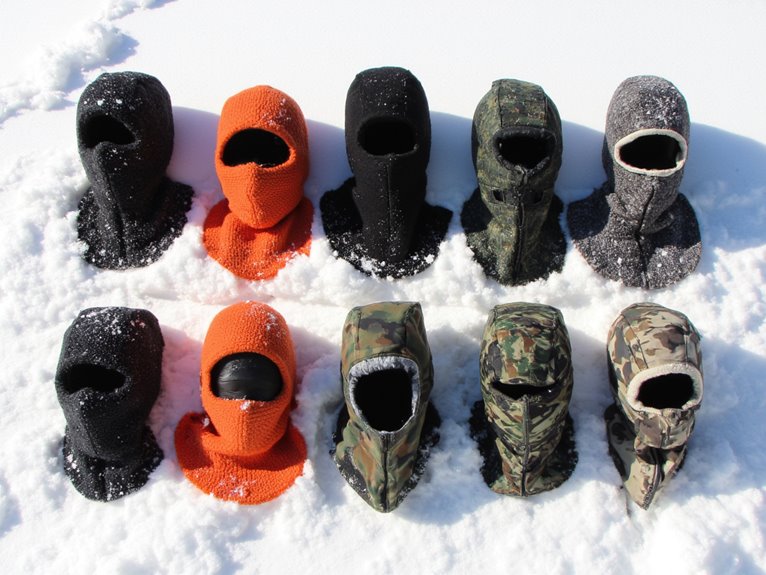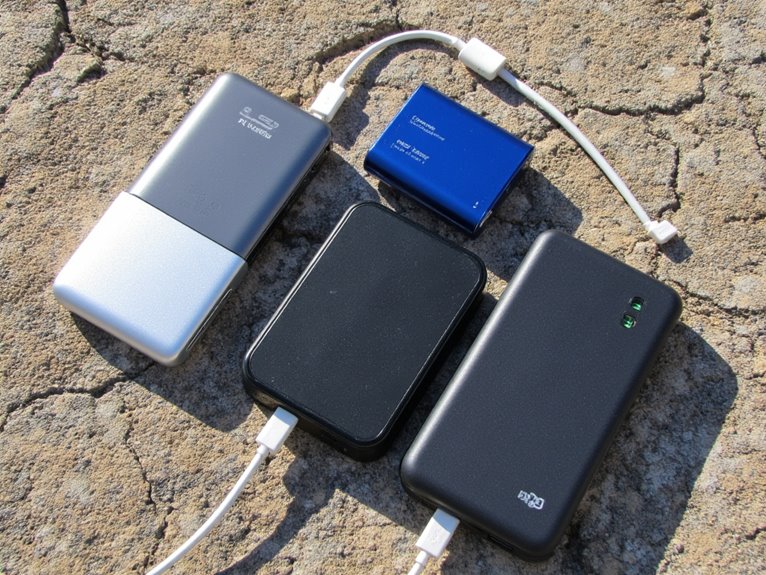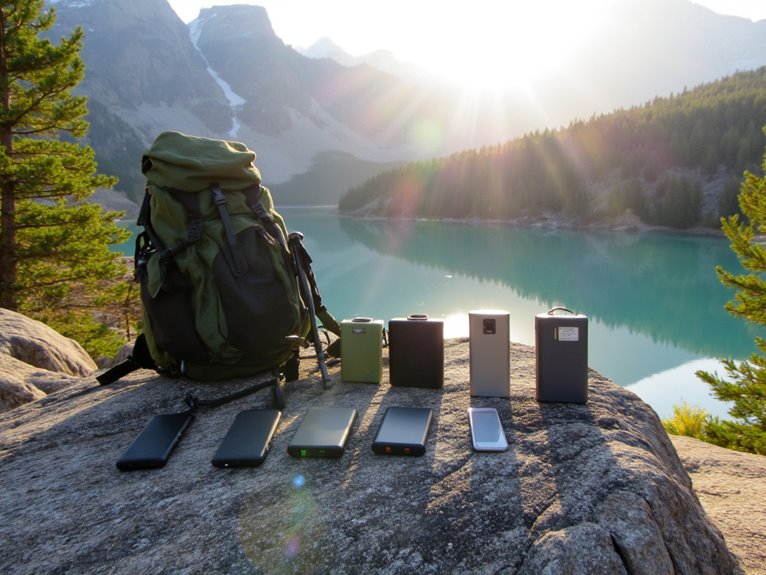Are Short or Long Kayaks Better?
The ideal kayak length depends on a combination of factors, including paddling style, body type, and water conditions. Shorter kayaks excel in tight spaces and rivers, offering increased maneuverability and ease of navigation. Longer kayaks provide improved tracking and stability in open water and ocean environments. While shorter kayaks are ideal for whitewater kayaking and tight spaces, longer kayaks are better suited for extended trips or expeditions. Understanding the advantages and disadvantages of each can help you make an informed decision. As you delve into the complexities of kayak design and performance, you'll uncover the perfect fit for your next adventure.
We are supported by our audience. When you purchase through links on our site, we may earn an affiliate commission, at no extra cost for you. Learn more. Last update on 1st January 2026 / Images from Amazon Product Advertising API.
Short Kayak Advantages and Disadvantages
Short kayaks, typically measuring under 10 feet in length, offer a unique set of advantages and disadvantages that can substantially impact a paddler's experience.
One major advantage of short kayaks is their increased maneuverability, allowing for tighter turns and easier navigation through narrow waterways.
Additionally, their lighter weight and smaller size make them easier to transport and store.
However, short kayaks often have limited storage capacity, restricting the amount of gear that can be brought on board.
In addition, their shorter length can result in reduced stability, making them more prone to tipping.
Long Kayak Benefits and Drawbacks
On the opposite end of the spectrum, long kayaks, typically exceeding 12 feet in length, offer a distinct set of benefits and drawbacks that can substantially influence a paddler's experience.
One significant advantage of long kayaks is their improved tracking ability, allowing them to maintain a straight course with minimal correction.
This results in increased efficiency and reduced fatigue.
Additionally, long kayaks often provide more storage capacity, making them ideal for extended trips or expeditions.
However, their increased length can make them more difficult to maneuver in tight spaces and more challenging to transport.
Moreover, long kayaks may be more susceptible to wind and current interference, requiring more effort to maintain control.
Paddling Style and Kayak Length
When selecting a kayak, it's essential to weigh how paddling style and kayak length intersect.
The ideal kayak length is influenced by factors such as stroke rate, paddler body type, and water conditions.
Stroke Rate and Length
Each paddler's unique stroke rate and length, influenced by their paddling style and kayak length, substantially impacts their overall kayaking experience and performance.
A paddler with a shorter kayak tends to have a faster stroke rate, as they need to compensate for the reduced waterline length. Conversely, a longer kayak allows for a more relaxed stroke rate, as the increased waterline length generates more speed with each stroke.
Efficiency: A longer kayak generally provides more efficiency, as the increased waterline length reduces the energy required to maintain speed.
Speed: A shorter kayak can achieve higher top-end speeds, but often at the cost of increased fatigue due to the faster stroke rate.
Control: A shorter kayak typically provides better maneuverability, making it ideal for tight spaces or whitewater kayaking.
Paddler Body Type
A paddler's body type substantially influences their paddling style, which in turn affects the ideal kayak length.
Taller paddlers tend to favor longer kayaks to maximize their powerful strokes. Conversely, shorter paddlers may prefer shorter kayaks, allowing for more comfortable and efficient paddling.
A paddler's body type also impacts their center of gravity, influencing the kayak's stability and maneuverability.
For instance, heavier paddlers may require a longer kayak for added stability, while lighter paddlers can opt for a shorter, more agile kayak.
Understanding the interplay between body type and paddling style is vital in selecting the ideal kayak length for a comfortable and enjoyable paddling experience.
Water Conditions Matter
Most paddlers intuitively understand that water conditions profoundly influence their paddling style, which, in turn, affects the ideal kayak length. For instance, traversing calm lakes and slow-moving rivers requires a different approach than tackling whitewater rapids or ocean swells.
Three key water conditions to keep in mind when selecting a kayak length are:
- Calm waters: Shorter kayaks (10-12 ft) excel in calm waters, providing greater maneuverability and ease of turning.
- Rough waters: Longer kayaks (14-16 ft) are better suited for rough waters, offering increased stability and tracking ability.
- Ocean or open waters: Mid-length kayaks (12-14 ft) often provide an ideal balance between tracking and maneuverability in ocean or open waters.
It's essential to think about the following water conditions when choosing a kayak length:
When maneuvering tight spaces and rivers, kayak anglers must develop a keen sense of spatial awareness and precision paddling skills to avoid obstacles and maintain control.
A shorter kayak, typically under 12 feet, is well-suited for traversing tight spaces and rivers due to its increased maneuverability.
The shorter length allows for tighter turns and easier circumvention around obstacles, making it an ideal choice for rivers and narrow waterways.
Additionally, a shorter kayak's lighter weight and smaller size make it easier to transport and store, making it a practical choice for anglers who frequent tight spaces and rivers.
Open Water and Ocean Kayaking
Traversing open water and ocean environments requires kayak anglers to prioritize stability and tracking, as these expansive bodies of water often feature strong currents, waves, and winds that can quickly destabilize a kayak. A longer kayak can provide a significant advantage in these conditions.
Improved tracking: Longer kayaks maintain a straight course more easily, reducing the need for frequent corrections.
Enhanced stability: The added length provides greater initial stability, making it easier to counteract the effects of waves and wind.
Increased speed: Longer kayaks can cover greater distances with less effort, allowing anglers to reach their desired fishing spots more efficiently.
Storage and Transportation Considerations
When considering kayak options, think about the practicalities of storing and transporting your kayak.
This involves evaluating the available garage space to provide a secure and protected storage area for your kayak when not in use.
Additionally, car roof racking systems are a vital consideration for safely and efficiently transporting your kayak to and from the water.
Garage Space Requirements
When choosing between a short or long kayak, garage space requirements are a vital factor to take into account. Measure your garage to ascertain you have sufficient space to store your kayak, considering its length, width, and any obstacles.
Length and width: Verify your garage dimensions to confirm you have ample space to store your kayak, considering its length, width, and any obstacles.
Height clearance: Bear in mind the height of your garage door and any overhead storage constraints when selecting a kayak.
Weight and portability: Lighter kayaks are easier to transport and store, while heavier ones may require additional equipment or assistance.
Car Roof Racking
A car roof rack system is a vital component of kayak ownership, providing a secure and convenient means of transporting your kayak to and from the water.
When choosing a roof rack, consider the weight capacity, ease of installation, and compatibility with your vehicle.
Look for racks with adjustable straps, soft padding, and a sturdy build to protect your kayak during transport.
Additionally, consider the height and width of your kayak when selecting a roof rack, guaranteeing a snug and secure fit.
Properly securing your kayak to the roof rack is essential, so be sure to follow the manufacturer's instructions and take necessary safety precautions.
Speed and Performance Comparison
Kayakers seeking to maximize their speed and efficiency on the water should think about the hull design, length, and weight of their kayak, as these factors substantially impact its performance.
A kayak's speed and performance are directly influenced by its design and size.
Key factors to examine are:
Length: Longer kayaks tend to be faster, as they have a more streamlined shape and can maintain momentum more easily.
Weight: Lighter kayaks are generally faster, as they require less energy to propel through the water.
Hull design: A sleek, V-shaped hull design can reduce drag and increase speed, while a flat or rounded hull may be slower but more stable.
Stability and Tracking Differences
While speed and performance are critical considerations for kayakers, stability and tracking are essential factors, as they directly impact the paddler's control and overall experience on the water.
In terms of stability, shorter kayaks tend to be more buoyant and easier to maneuver, making them ideal for beginners or those who prioritize agility.
Longer kayaks, on the other hand, provide greater tracking ability, allowing for smoother, more efficient travel over longer distances.
This is because their increased length and narrower design enable them to cut through the water with less resistance.
Ultimately, the choice between stability and tracking depends on the paddler's skill level, paddling style, and personal preferences in regard to.
Choosing the Right Kayak for You
Considering your paddling goals, water conditions, and personal preferences, selecting the right kayak can substantially improve your overall kayaking experience.
To make an informed decision, consider the following key factors:
Paddling style: Do you prefer leisurely cruising or high-intensity racing?
Water type: Will you be paddling on calm lakes, whitewater rivers, or open ocean?
Physical ability: Do you need a kayak that's easy to maneuver or one that provides extra stability?




